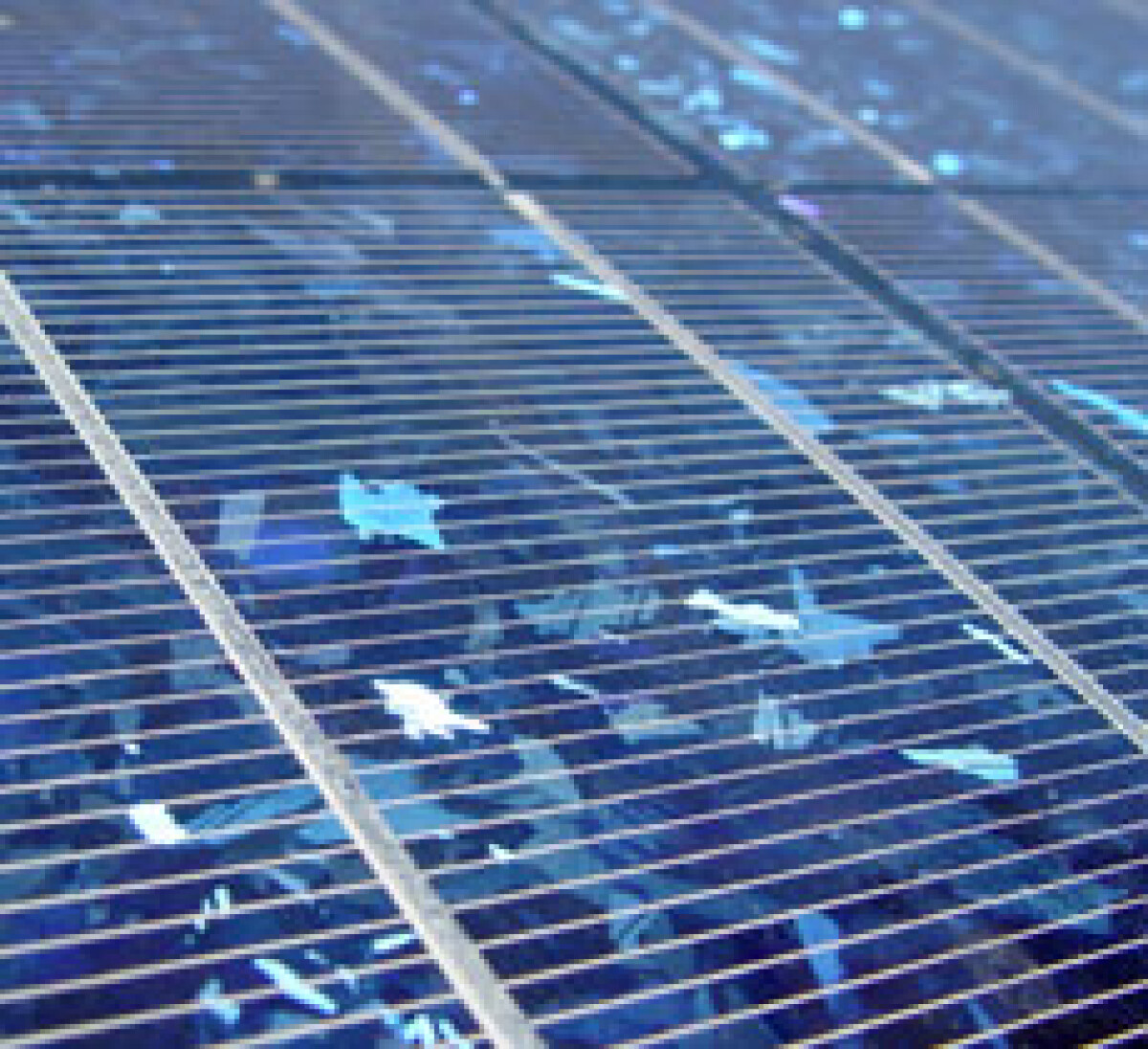The new frontier of nanocristals

The new discovery has the form of an eight-pointed star and consists of nanocrystals capable of self-assembling to form complex structures. The discovery was made in Italy, in particular at the Italian Institute of Technology (IIT) in Genoa led by Liberato Manna in collaboration with the Debye Institute for Nanomaterials Science and the Institute of Theoretical Physics, both from the University of Utrecht.
“Ottopodes" are nanometer-sized crystals which immersed in certain solvents mixtures can place themselves independently to form the plot of a new material. Obtained crystals behave very similarly to the particles that make collagen, the most abundant protein in mammals.
The training process requires that nanocrystals in self-assembling organize themselves into a central body from which radiate eight arms tens of nanometers long (billionths of a meter) and once two crystals are joined they create a structure that allows other nanocrystals to attach one after another along a precise line up to form chains.
If these, then, are immersed in specific solvents can be joined together to form a tough and spongy material. As Manna explained "it is as if you’d create from a single wire a fabric without the action of the frame."
At the moment nanocrystals are made of cadmium and selenium, but it is believed possible to replace them with less toxic components, such as copper, while keeping the capacity for self-assembly.
The goal is still to make new products for energy, both for the PV industry and for battery manufacturing.


